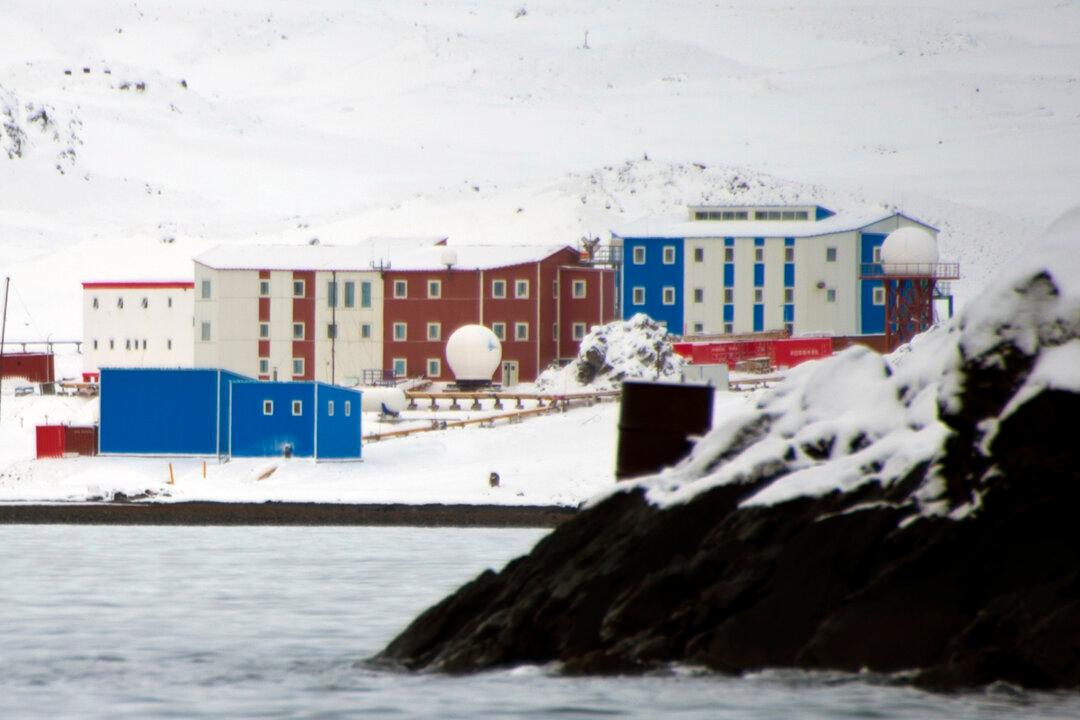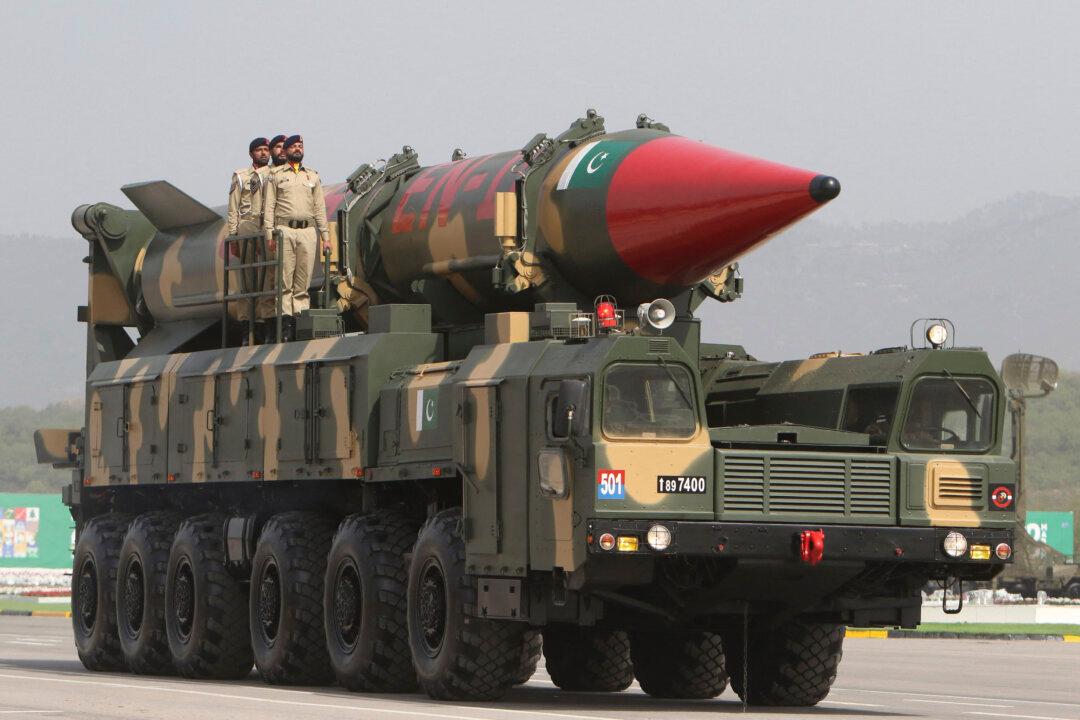Commentary
In a direct threat to American interests, China is systematically building up dual-use military-civil capabilities in Antarctica to exploit this region’s growing strategic importance. This is a serious concern that will require a coordinated response from the United States and its allies.





